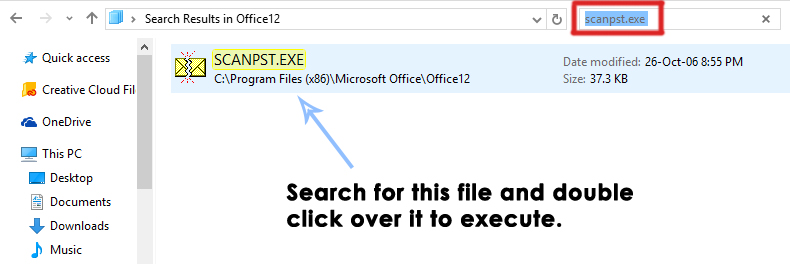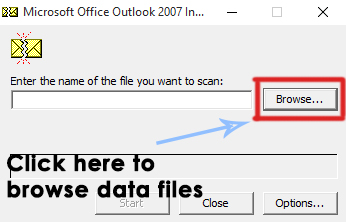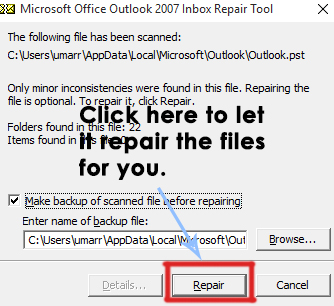FIX: Steps to fix a corrupted pst or ost outlook data file
Microsoft has a fully-fledged Office suite called Microsoft Office, which includes all of the modules required to operate an organization. Outlook is one of them, and it is a stand-alone email application that includes a calendar, task manager, and contact manager, among other features. Therefore, it has all the necessary features to keep users informed about meetings, events, and more.
With time and the usage of Outlook, its data file (OST/PST) can become corrupted, which results in issues with Outlook, such as missing folders and send/receive errors, etc.
This corruption can be resolved by fixing the Outlook data files using the Microsoft Outlook Inbox Repair Tool (scanpst.exe), which is included in the Office installation directory. To accomplish this, follow the instructions below.
Browse your Office installation folder, depending on your version.
Office 2016 (64-bit): C:\Program Files (x86)\Microsoft Office\Office 16
Office 2016 (32-bit): C:\Program Files\Microsoft Office\Office 16
Office 2013 (64-bit): C:\Program Files (x86)\Microsoft Office\Office 15
Office 2013 (32-bit): C:\Program Files\Microsoft Office\Office 15
Office 2010 (64-bit): C:\Program Files (x86)\Microsoft Office\Office 14
Office 2010 (32-bit): C:\Program Files\Microsoft Office\Office 14
Office 2007 (64-bit): C:\Program Files (x86)\Microsoft Office\Office 12
Office 2007 (32-bit): C:\Program Files\Microsoft Office\Office 12
Inside the Office folder, search for the file called ‘exe.’ You can use the search box located at the top right of the window to search for the file. Double-click on the file to execute it.

A Microsoft Outlook Inbox Repair tool will open as a result of the execution. Click on the Browse button to locate the data files.

If you are using Windows 7 or later versions of Windows, you can find the Outlook data files in the following directories.
Note: Please ensure that you unhide the hidden files inside your system before proceeding further.
.ost File Directory: C:\Users\username\My Documents\Outlook Files.
.pst file directory: C:\Users\username\AppData\Local\Microsoft\Outlook.
You can use any of the following data files to start the repairing process.

After selecting the file, click on the Start button, and a scanning process will be initiated. It will scan the files and, upon completion, will prompt you to repair them. Simply click the Repair button and let it handle the rest of the hefty work for you.

After the repair is completed, look for the statistics on the program. If it reports that errors still exist, continue to run the repair multiple times. Sometimes, it may need to be repaired more than five times, depending on the extent of corruption and the number of errors. The first time the repair is run, it will be slow, but the subsequent repairs will be quicker. After the process has finished, check your Outlook file again to see if it has been fixed.